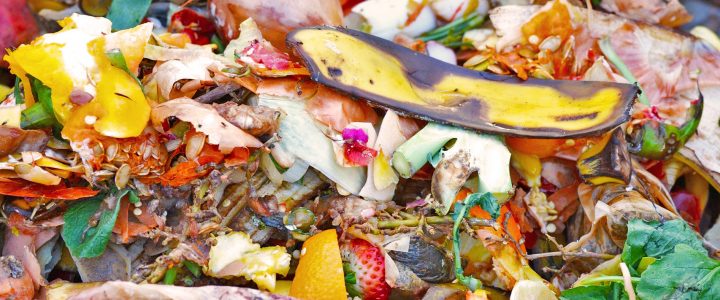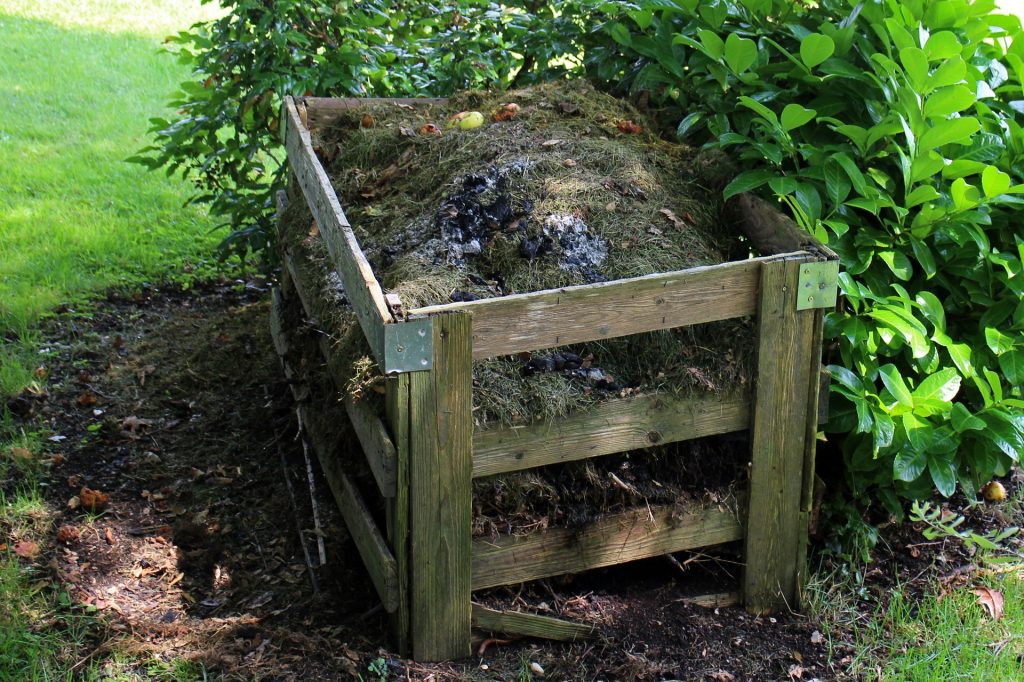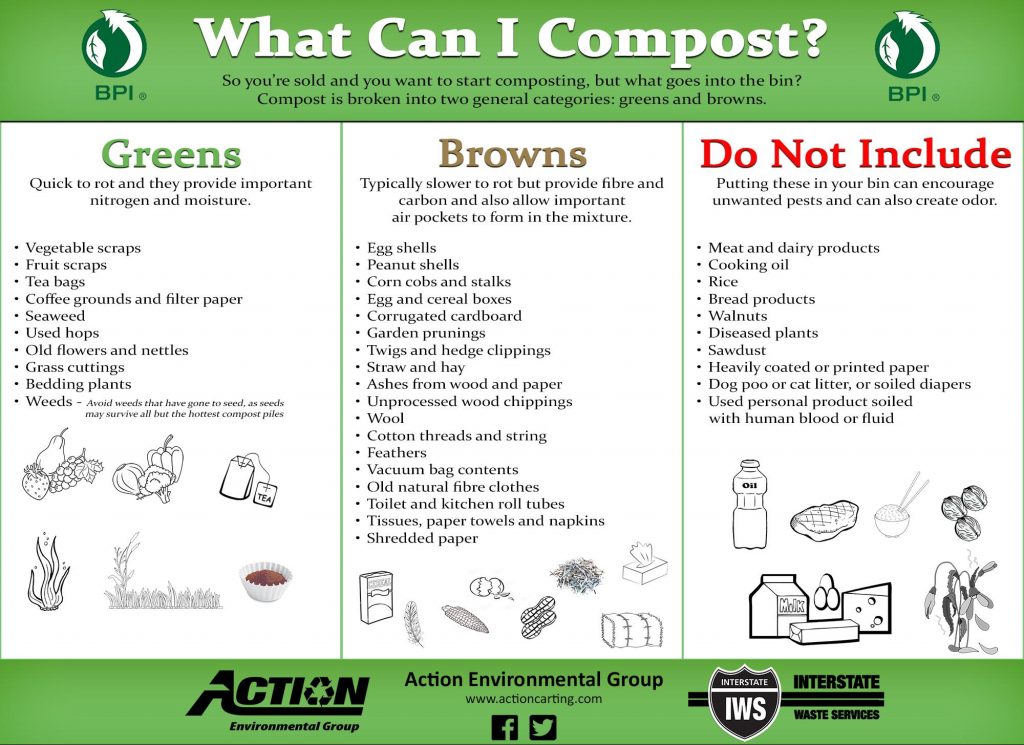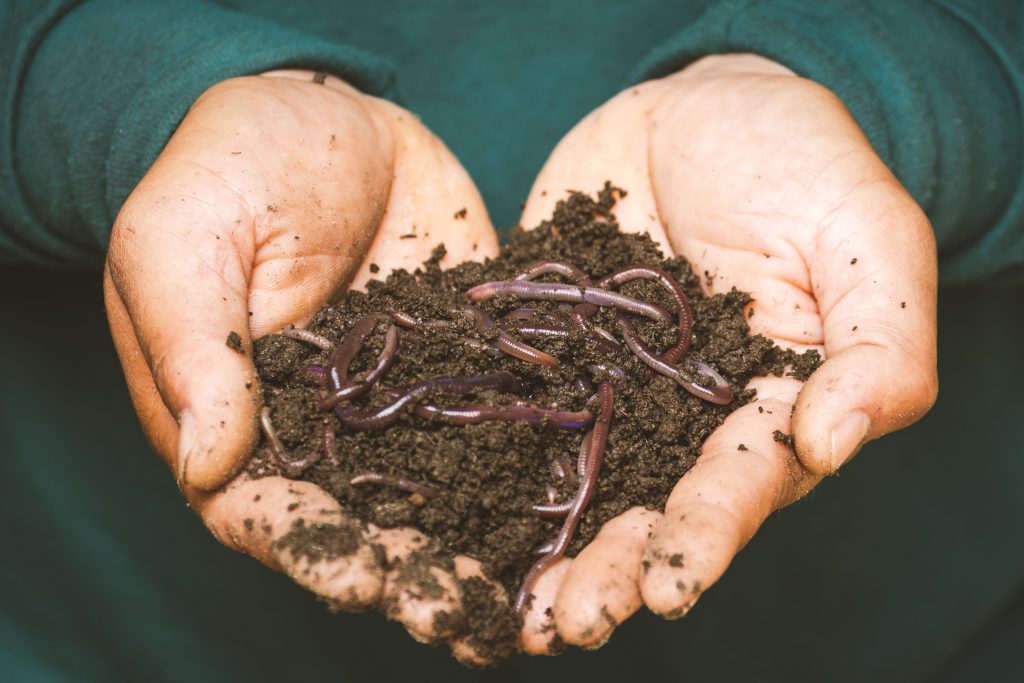
We’ve talked about the staggering problem of food waste before. If you missed it, check out our article, “Farm to Table to Trash” and video, “Fighting Food Waste.” It’s difficult to imagine, but one third of all food produced for human consumption is lost or wasted, according to the Food and Agriculture Organization of the United Nations. And the Environmental Protection Agency estimates that more food reaches landfills and incinerators than any other single material in our everyday trash, constituting 22 percent of discarded municipal solid waste.
We’ve also talked about compost before, as something we can all do as individuals to deal with waste and live more sustainably, in general. But what we haven’t done is explain what compost actually is and how you can incorporate composting as part of your most sustainable life to reduce your carbon footprint. Soooo…
What is compost?
Compost, quite simply, is decayed organic matter. All organic matter will decompose. But when done with deliberation and the intent to return the end product to the soil, this is known as composting.
Why compost?
Compost enriches soil and reduces the need for chemical fertilizers. It also reduces the methane emissions from decaying matter in landfills. When trapped in a landfill, food waste decomposes much more slowly, and without oxygen. This process produces methane, which, while it isn’t the most abundant greenhouse gas in the atmosphere, it is among the most powerful. Studies have shown that, over a 20-year period, a kilogram of methane warms the planet as much as 80 times more than a kilogram of carbon dioxide.
16 percent of global methane emissions are generated by organic waste decomposing in landfills. Keeping organic waste out of landfills by composting, could potentially have an incredible impact on our planet.
Enriching soil and preventing GHGs from entering the atmosphere? Sounds like a win/win. And we’re not the only ones who think so:
2005 – South Korea bans sending food waste to landfill, setting in motion progress that leads to 95 percent of all food waste being recycled by 2019
2014 – Businesses in Connecticut (US), Massachusetts (US), are required to recycle their organic waste, depending on the volume of waste generation
2015 – Seattle, WA (US) all food waste is prohibited from the garbage for both residential and commercial disposal
2016 – Businesses in California (US), Rhode Island (US), Austin, Texas (US), and NYC, new York (US) are required to recycle their organic waste, depending on the volume of waste generation
2017 – San Francisco implements mandatory composting law
2017 – New York’s residential organic waste collection toted as largest in the US
2020 – Vermont (US) bans food scraps from trash
And the list goes on!
I’m in! How do I get started composting at home?
All composting requires (3) basic ingredients: browns (i.e. dead leaves, branches, and twigs), greens (i.e. grass clippings, vegetable waste, fruit scraps, and coffee grounds), and water. From the EPA:
For backyard composting, select a dry, shady spot near a water source for your pile. Add brown and green materials as they are collected, making sure larger pieces are chopped or shredded.

Moisten dry materials as they are added.
Once your compost pile is established, mix grass clippings and green waste into the pile and bury fruit and vegetable waste under 10 inches of compost material.
Optionally, you can cover the top of your compost pile with a tarp to keep it moist. When the material at the bottom is dark and rich in color, your compost is ready to use. This usually takes anywhere between two months to two years.
What can be composted?
Although all organic material decomposes, certain items will attract pests/wildlife, create odor, and could be potentially harmful to soil.

But I don’t have a big enough backyard…
You can compost materials indoors using a special type of bin, which you can buy at a local hardware store, gardening supplies store, or even make yourself. Line the bottom with newspaper or shredded toilet paper rolls to prevent any stinkiness, and be sure to only add in items on the list to ensure you don’t attract bugs. Here’s a link to exactly how to maintain your indoor bin.
If you’re not squeamish, look into vermicomposting – composting with worms. Compost created by worms contains more soil benefiting nutrients than ordinary compost and is a quicker process with the combined appetite of a bunch of hungry, carbon footprint-lowering wigglers!

Once your compost is ready you can sprinkle it in your garden or on your houseplants, arrange for curbside pickup, or donate it to a school or community garden, or a local farm.
I don’t need compost, but I want to help eliminate food waste

Look for a local compost site that accepts food scraps and check to see exactly what they’ll accept before you hoof it on over. You can stash food scraps in takeout or other covered plastic containers, paper bags, plastic bags, milk cartons or in commercially-available compost pails. Store your containers in the freezer or refrigerator and add a layer of shredder newspaper at the bottom to help prevent smells.
Composting at home or bringing your scraps to a compost site is really a great way to lower your carbon footprint and help turn food waste into something profitable for our planet! So, keep it on your radar, wherever you are in your sustainability journey. It’s sure to become the norm soon!


